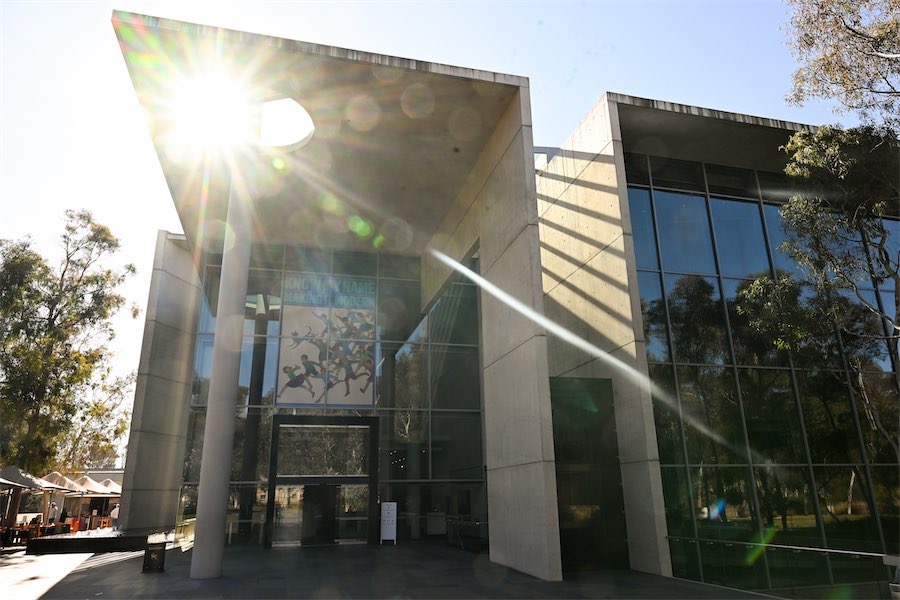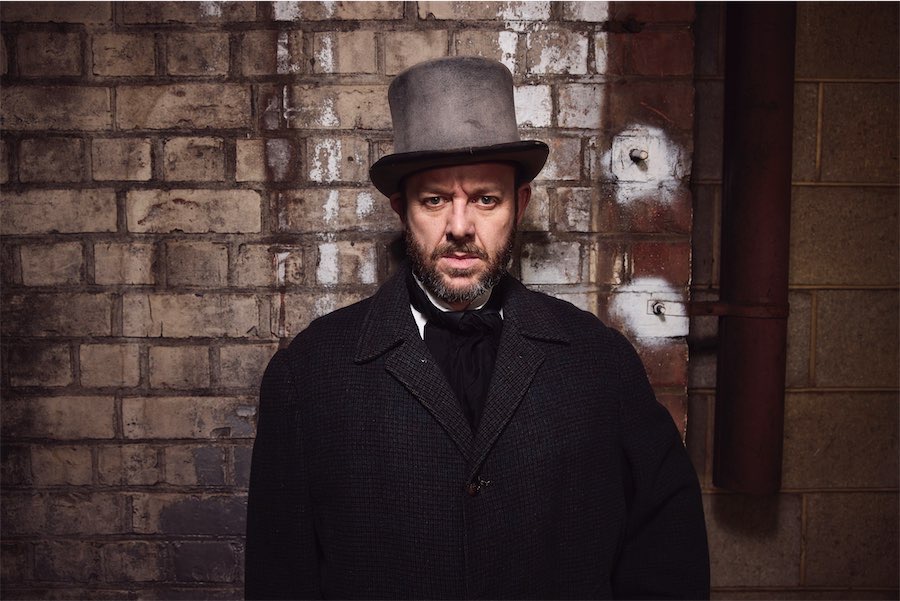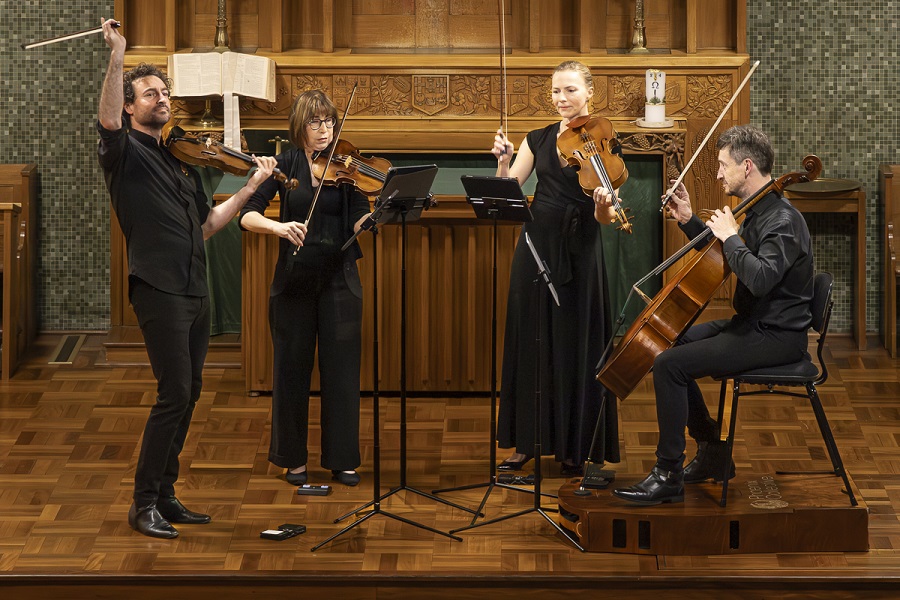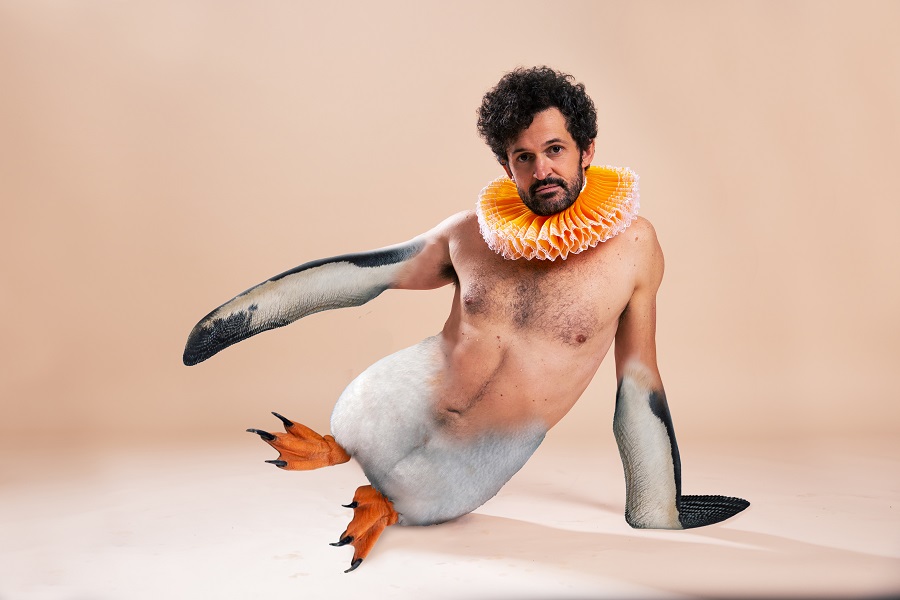
By Liz Hobday in Melbourne
The watchdog for Aboriginal corporations says it has just received evidence regarding the APY Art Centre Collective, almost four months after it was asked to investigate the group.
The art centre has strongly refuted allegations, first published in The Australian newspaper in 2023, that non-indigenous art workers interfered with paintings by Aboriginal artists.
The centre works with artists from the Anangu Pitjantjatjara Yankunytjatjara (APY) Lands that spread across the northern part of SA.
The allegations dented gallery sales for months and sent shockwaves through the Aboriginal art industry, which is crucial for the livelihoods of many artists living in remote communities.
A South Australian government-appointed panel was one of several probes into the centre, but after speaking to more than 200 people, it wrapped up in December without returning any findings.
Instead, it referred the arts centre to two more powerful bodies, the Australian Competition and Consumer Commission (ACCC) as well as the Office of the Registrar of Indigenous Corporations (ORIC) for potential further investigation.
Since then, ORIC says it has asked the SA review panel three times to provide information and evidence to support its referral, with the first material received on Friday.
While ORIC can conduct its own investigations, it says it would normally expect information and evidence to accompany a referral.
The independent statutory body has previously been accused of being reluctant to investigate the arts centre.
ORIC will assess the referral and determine whether there may have been potential breaches of the law that should be dealt with, it said.
“This includes factors such as the impact of the alleged wrongdoing, likelihood of successful prosecution and the likely cost of investigating compared with the likely effectiveness or outcome of other regulatory interventions,” ORIC said in a statement to AAP.
Even if it does receive sufficient evidence to warrant further investigation, any probe by ORIC could not decide on interference allegations. It role is to ensure Aboriginal and Torres Strait Islander bodies comply with governance rules and corporations law.
For its part, the ACCC told AAP it is continuing to consider its referral and cannot comment on any potential investigations.
South Australian Arts Minister Andrea Michaels said it was her understanding that the state’s investigative panel had provided information to both ORIC and the ACCC.
The APY Arts Centre Collective and Northern Territory governments have also been contacted for comment.
Who can be trusted?
In a world of spin and confusion, there’s never been a more important time to support independent journalism in Canberra.
If you trust our work online and want to enforce the power of independent voices, I invite you to make a small contribution.
Every dollar of support is invested back into our journalism to help keep citynews.com.au strong and free.
Thank you,
Ian Meikle, editor





Leave a Reply